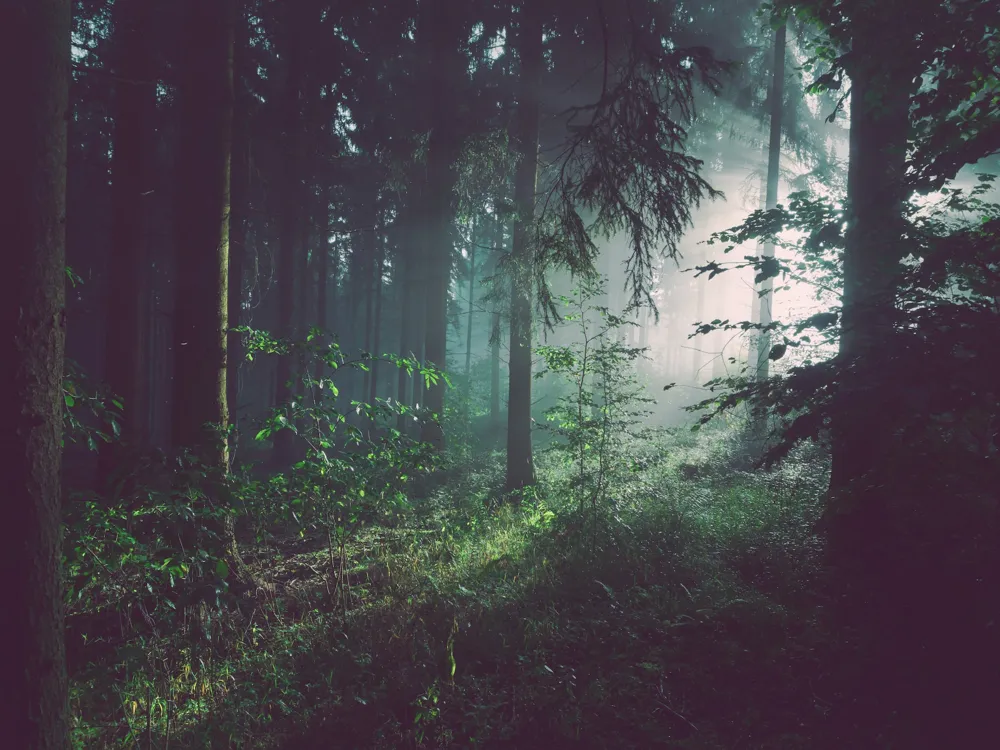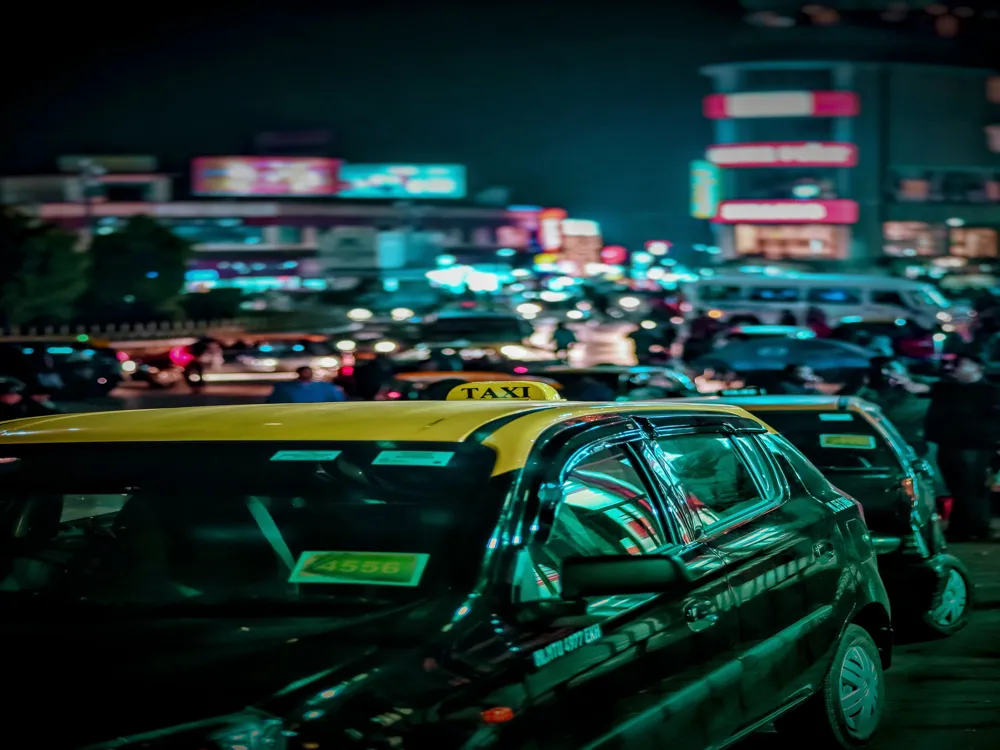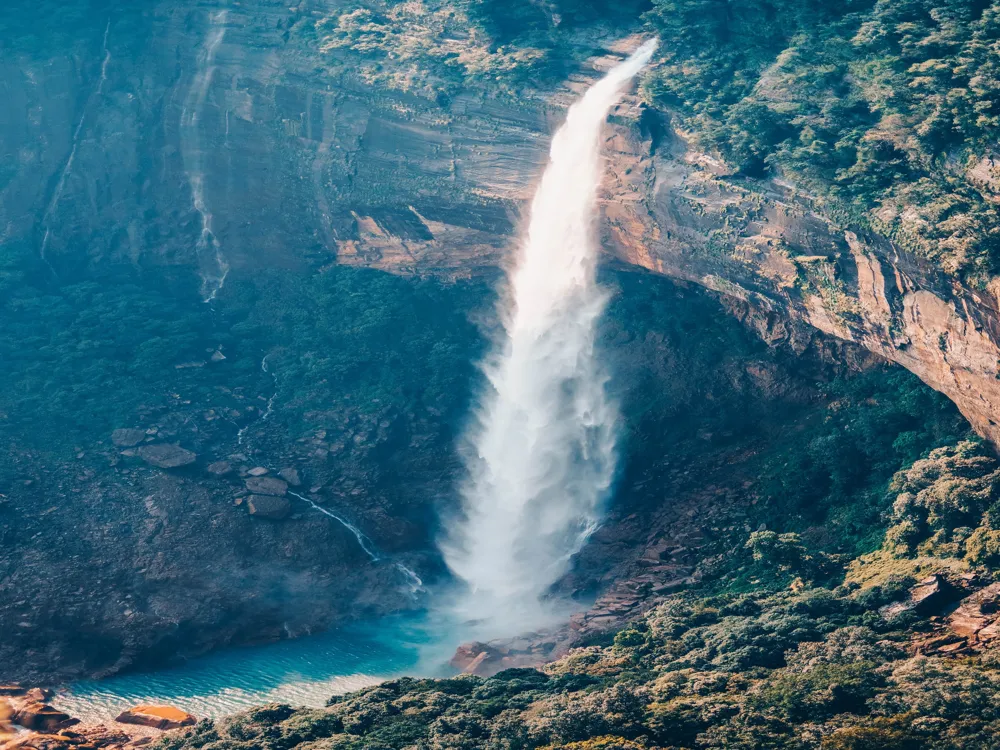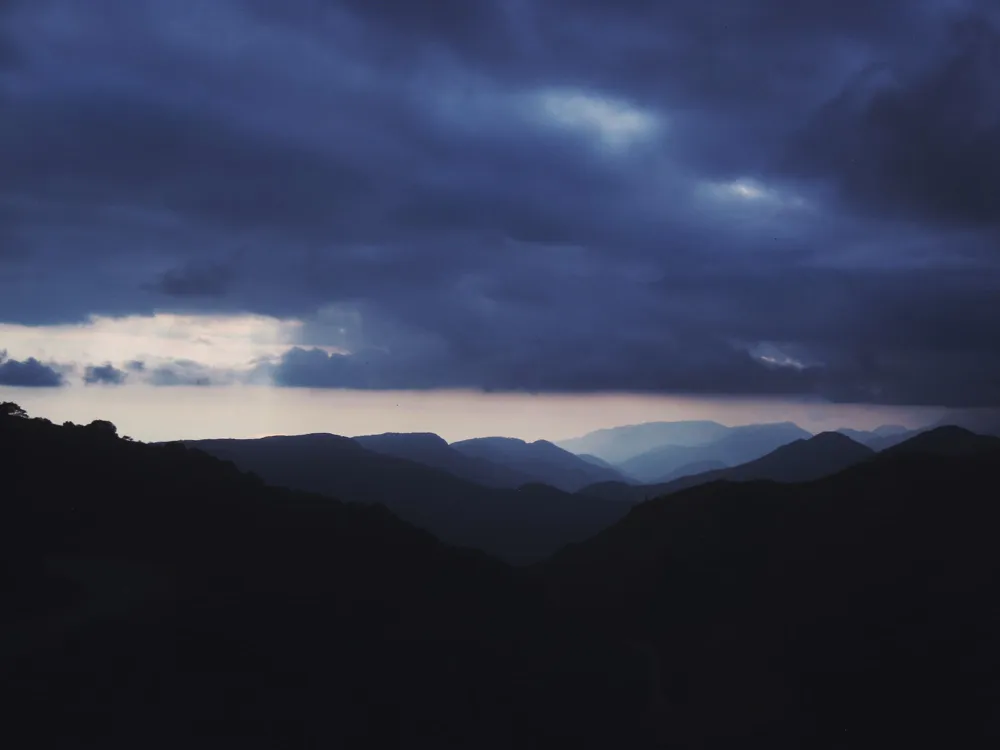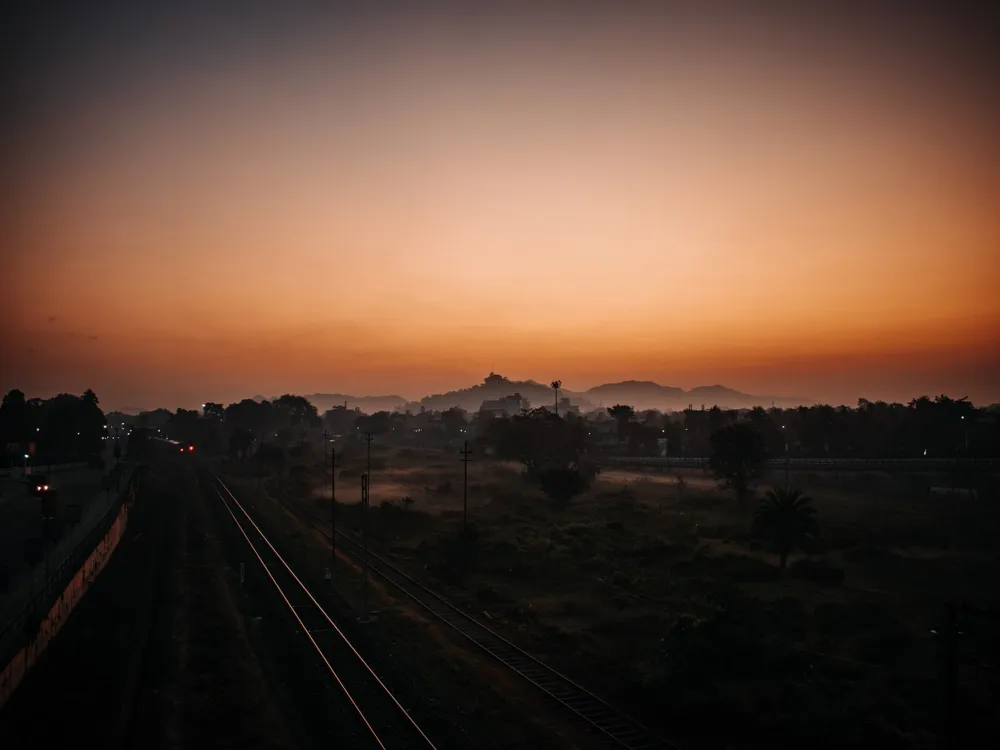The Simsang River, a magnificent waterway in Baghmara, Meghalaya, presents a picturesque landscape adorned with lush greenery and rich biodiversity. Originating from the Nokrek Peak, the longest river in Garo Hills meanders through the verdant plains of Meghalaya, creating a tranquil environment. This region, characterized by its untouched natural beauty, offers a peaceful retreat from the bustling city life. The river's ecosystem supports a diverse range of flora and fauna, contributing significantly to the region's ecological balance. Historically, the Simsang River has been a pivotal part of the local community. The indigenous Garo tribes, who inhabit the surrounding areas, have a deep connection with the river. It plays a crucial role in their daily lives, serving as a source of water for drinking and irrigation, and a rich fishing ground. The river also holds cultural significance for the Garo people, featuring prominently in their folklore and traditional ceremonies. Its banks are often the sites for local festivals and gatherings, highlighting the river's role in community bonding and cultural heritage. In recent years, the Simsang River has gained popularity among tourists seeking a unique and authentic experience. Its unspoiled natural beauty, combined with the rich cultural heritage of the Garo tribes, offers a compelling blend of ecological and cultural tourism. Visitors can indulge in activities like river rafting, fishing, bird watching, and nature walks, making their visit to Simsang an unforgettable experience. Moreover, the river's scenic beauty and tranquil ambiance make it an ideal spot for photography enthusiasts and nature lovers. The architecture in the Simsang region of Baghmara is a fascinating blend of traditional Garo tribal designs and modern influences. The traditional Garo houses, known as 'Nokmandi', are an architectural marvel, reflecting the ingenuity and craftsmanship of the Garo people. These houses are built on stilts, a feature that protects against floods and wild animals. The use of locally sourced bamboo and timber in construction showcases the community's sustainable practices and deep respect for nature. Each Nokmandi is adorned with intricate carvings and designs that tell stories of the tribe's rich cultural heritage. The roofs are typically made of thatched grass, giving them a distinctive appearance and providing natural insulation. Inside, the houses are divided into several sections, each serving a specific purpose, such as living, cooking, and storage. This spatial arrangement reflects the Garo community's lifestyle and social structure. Modern architecture in Simsang harmoniously blends with these traditional designs, incorporating contemporary elements while respecting the region's cultural identity. The use of modern construction materials and techniques can be seen in newer buildings, such as schools, community centers, and guest houses. However, these structures still exhibit a deep connection to the Garo heritage through their design elements and overall aesthetic. This fusion of traditional and modern architecture in Simsang creates a unique and captivating landscape that tells the story of a community evolving with time while staying rooted in its traditions. The ideal time to visit Simsang is from October to April. During these months, the weather is pleasant, and the river's beauty is at its peak. It's also a great time for outdoor activities like trekking and bird watching. Respecting local customs is crucial. Visitors should dress modestly and ask permission before taking photographs of people or sacred sites. Engaging with locals respectfully can enrich your travel experience. Carry basic first aid and medicines, as medical facilities might be limited. Always stay hydrated and protect yourself from the sun. Follow guidelines for safe river activities to ensure a secure and enjoyable experience. To reach Simsang, the nearest airport is Lokpriya Gopinath Bordoloi International Airport in Guwahati. From there, visitors can hire a taxi or take a bus to Baghmara. The journey offers scenic views of Meghalaya's landscape. For those preferring rail, the nearest railway station is in Guwahati. Upon reaching Guwahati, one can opt for road transport to Baghmara. The journey by road is an experience in itself, with breathtaking views of the hills and rivers of Meghalaya. Read More:Overview of Simsang in Baghmara, Meghalaya
Architecture of Simsang
Tips When Visiting Simsang
Best Time to Visit
Local Customs and Etiquette
Health and Safety
How To Reach Simsang
Simsang
Baghmara
Meghalaya
NaN onwards
View baghmara Packages
Baghmara Travel Packages
View All Packages For Baghmara
Top Hotel Collections for Baghmara

Private Pool

Luxury Hotels

5-Star Hotels

Pet Friendly
Top Hotels Near Baghmara
Other Top Ranking Places In Baghmara
View All Places To Visit In baghmara
View baghmara Packages
Baghmara Travel Packages
View All Packages For Baghmara
Top Hotel Collections for Baghmara

Private Pool

Luxury Hotels

5-Star Hotels

Pet Friendly


